|
During this time of quarantine, the topic of IMMUNITY is front and center on our minds. We may be looking for ways to give our body's defenses a little boost to ward off a certain viral infection going around right now! My goal here is to dig and sift through peer-reviewed research, and summarize the key findings on the role that exercise plays in our immunity. The topic is very well researched, and I'm sure I only scratched the surface. However, I believe I've seen enough to decipher certain consistencies. Some things may surprise you! Physical activity has long been linked to countless positive health benefits, to where it is easy to attribute any and all health benefits to it. But does it actually impact our IMMUNITY in a positive and meaningful way? I think most would argue that yes, of course it does! How could it not?? The broad medical and health/wellness community holds that as a fundamental truth. But lets look at some more! In regards to basic relationship:
In regards to aging:
Regarding training mode, and Chronic (long term) VS Acute (short term) effects
Regarding carbohydrate consumption, exercise and immunity
Key Takeaways:
So get outside, go for your walk, jog, or ride, and be confident that you are giving your immunity a boost today and every day! Until next time!
0 Comments
Welcome to part 2 of prepping the mind and body for quarantine! The last thing we need right now is body aches, pains, and stiffness. Apply these simple truths of posture and breathing to keep your body ready for anything and to keep the positive vibes flowing through the body. Take advantage of working at home by getting up and moving more often than you do while in the office, but also laying down to decompress and breathe. Make it habit so that when you get back in the office, your body will go off like an alarm when it is time to move. Get your spine set, braced and organized for optimal movement!
Breathing
Practice breathing by expanding the stomach, instead of the chest. Stomach breathing calms the body down and ellicits a parasympathetic (calming) response. Chest breathing triggers a stress response, and feeds any negative emotions or dispositions in a feedback loop. To break that loop, focus on deep inhales while pushing the tummy out, hold, and exhale slowly, to where one inhale/exhale cycle lasts 10 seconds or more. Maintain that 20% tension if you are seated or standing. Sometimes it helps to lay down to solely focus in breathing. You are at home, so take advantage of that throughout the day. Note how good and relaxed you feel If it helps, take breathing breaks every 10 minutes just to shut your eyes and focus on the sequences above. Set an alarm on your phone or computer Breathing better and carrying yourself more efficiently with proper posture is an underlying factor into a great state of mind during these tough times. Until next time! Leave comments with any feedback or questions! Greetings Amway Employees! Welcome! Before I dive in to this topic, I would like to welcome all of you to the first post in my Broad Scope, Narrow Vision Blog! I am excited to carry on from my previous blog on the former website. What better way to spend some time working from home- as many of us are for the foreseeable future- than to offer a brand new look and feel to the blog! Bear with me as I work to add images and other content as we go. As I've done before, I will include category tags to help ease navigation through the content as I build it up. I will cover many topics ("broad scope"), but each post will work to emphasize the importance of the small things ("narrow vision") as we explore the vast wilderness of fitness and wellness together! That said, on behalf of all of the Fitness Facility staff, I would like to extend our best wishes to you and your families as we deal with this whirlwind situation taking place in our world right now. If you're like me, you're tired of watching the news covering the fallout caused by Covid19. Although some of it has been speculation and misinformation - only adding to the fear and anxiety - we have seemed to weed through a lot of it and arrive at a central message of how to contain this aggressive virus. Thus, here we are, possibly working from home, many with school age children, trying to juggle everything. It is my goal with this post to contribute to a positive outlook of how we can best use this time as stepping stone rather than a step back! Understand, I use the term quarantine both in the strict sense of the word, and also for any other accommodation of this situation! Prep the mind. Direct your thinking to the positive: Prepping for quarantine starts with the mind. All we see, hear, and process with our mind has an inextricable connection to our body's response system. A positive frame of mind is perhaps the best way to approach this . Below are some positive vibes for the broad scope of Covid-19; I'm sure many of you are aware of these already, but my goal here is to invite you to simply take a deep breath, and spur you into positive thinking with some fundamental truths:
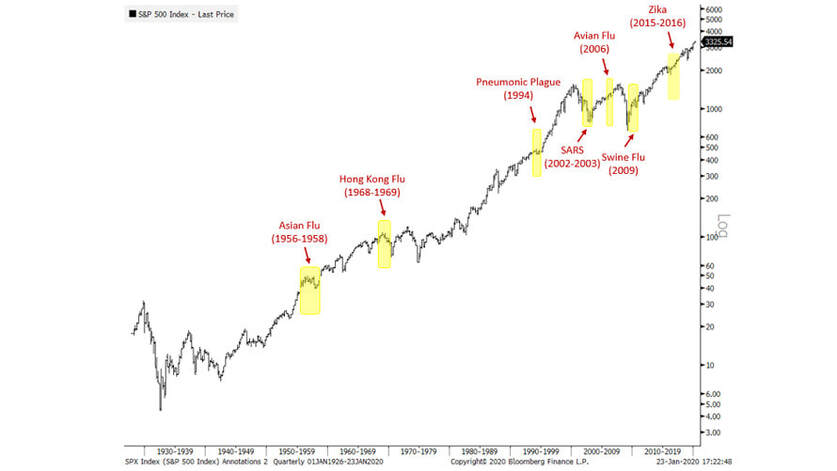
See the next post on how to prep the body for work at home, or any other physical activity! Just how the mind impacts the body, the body will positively influence the mind, with proper posture and breathing! You'll be amazed at how your outlook changes just by sitting properly and employing proper muscle activation. |
Broad Scope Narrow Focus BlogWelcome to the Broad Scope Narrow Focus Blog! I hope you find a lot of useful and applicable information as we explore the broad world of Wellness together. Check in often, as there will be new posts weekly! Enjoy Archives
September 2021
Categories |
Services |
Hours & Contact InformationHours of Operation: The Facility is staffed Tuesday - Thursday 7a-5p
*Facility is accessible 24 hrs / 7 days a week e . [email protected] p . (616) 787 - 7710 |

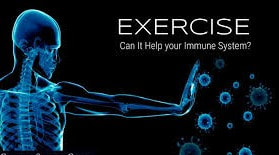
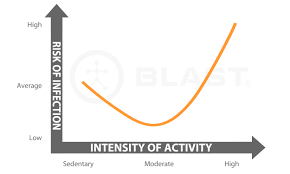

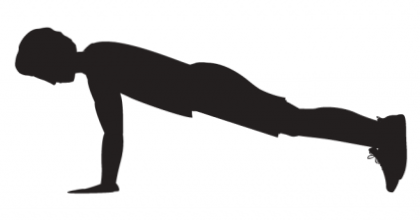


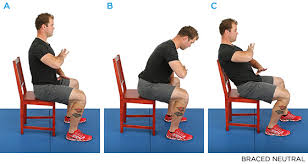
 RSS Feed
RSS Feed